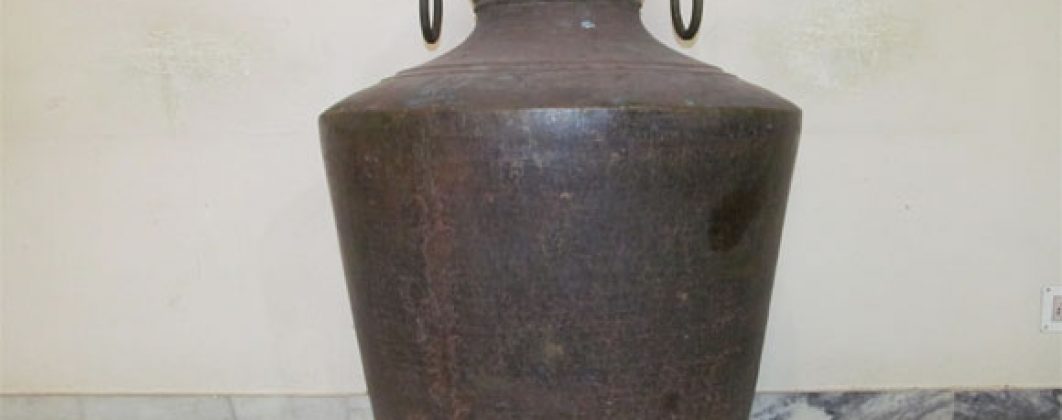
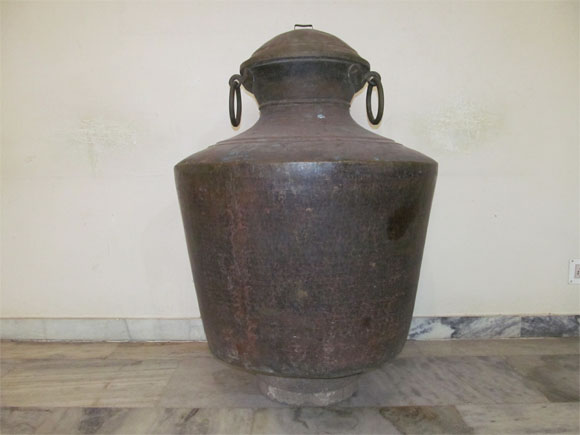
This large brass storage pot is known as Kidaram in Tamil language. Kidaram is used for storage of water in the area known as Chettinadu in the state of Tamil Nadu, India. Chettinadu is a dry area and in the olden days where corporation water supply was not available through the running pipelines, people used to depend on rain water for drinking purpose. Rain water used to be collected in a large vessel with wide open mouth placed directly under the sky to capture as much water as possible and then the collected water would be transferred to kidaram for storage.
Usage Of Kidaram For Fetching And Storage Of Water
There is another method for collection of rain water for drinking purpose. Chettinadu houses are designed to have large courtyards open to sky within their huge houses. The openings have a sloping roof from all four sides and rain water would pour down into the floor of the courtyards. By this design of the house, the Chettinadu people used to have rain water pouring down into their own houses. The flowing water from the roof used to be collected into the kidaram directly after filtering the water through clean white veshti (dhoti or pancha) or white saree traditionally worn by elderly widows. The old photo albums of Chettiyar’s marriage functions reveal the use of these large kidarams mounted on the traditional bullock carts to bring water from the local temple tank called ‘Oorani‘ for cooking feast for the guests.
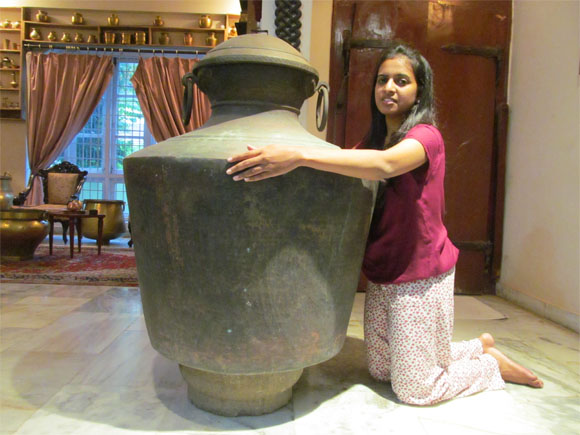
The Design Of Kidaram
The storage pot has a huge belly to enable preserving large quantity of water with a narrow neck to prevent spillage or evaporation of the water. This pot shown in the picture has belly circumference (perimeter) of 8.4 feet and looks really huge. The height is 3 feet 10 inches with pedestal and 3 feet 4 inches without pedestal. The bottom circumference is 6 feet 7 inches. The base of the neck is 11 inches in diameter and the opening of the neck is 1 feet 2 inches in diameter. The rings of both sides of the neck are 5 and ½ inches each. The height of the lid is 6 inches. The huge pot weighs 40 kilos without the pedestal. It has to be carried by two people at least and is normally transported by inserting a long bamboo pole through the two rings and each person shouldering the each end of the pole.
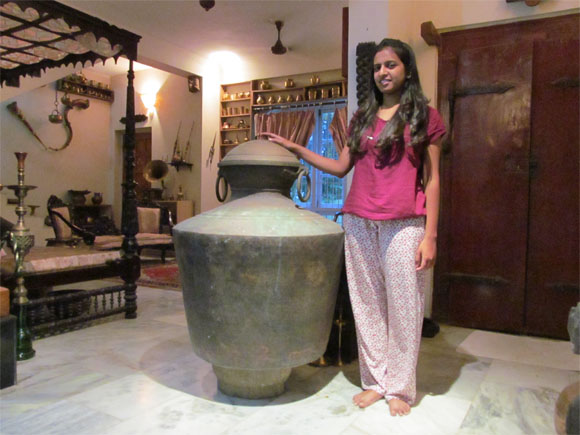
The kidaram is the largest of all variety of vessels used in Chettinadu homes. This huge vessel matches with the gigantic scale of the architecture of the houses. Kidaram is used as a water harvesting device along with the sloping roof and open courtyards which facilitate the rain water to flow into the house. An excellent and ingenious design invented by Nagarathar to harvest water in the drought prone Chettinadu. These beautiful kidarams would normally decorate the four corners of the ‘Mutram,’ another name for open courtyard. If not four, at least one kidaram will be in one corner containing drinking water. The height of the kidarams varies between 3 to 7 feet. The kidarams are made out of either copper or brass. Though copper kidarams are costly, they preserve the purity of water for more than 6 months. That is the magic of the copper. It is interesting to note that the lid to this giant vessel comes in the shape of a roof of a hut.
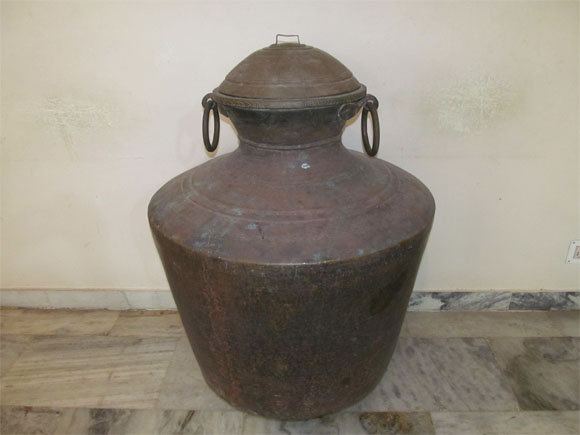
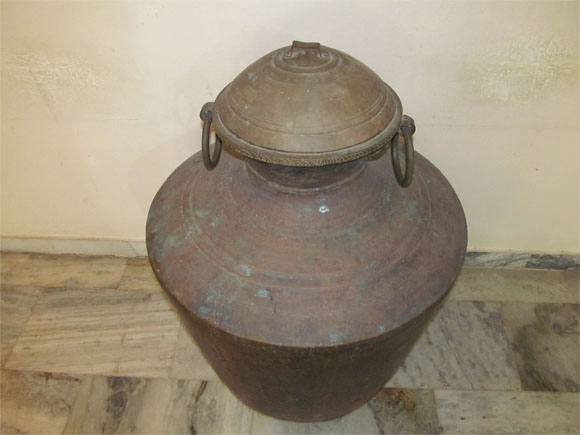
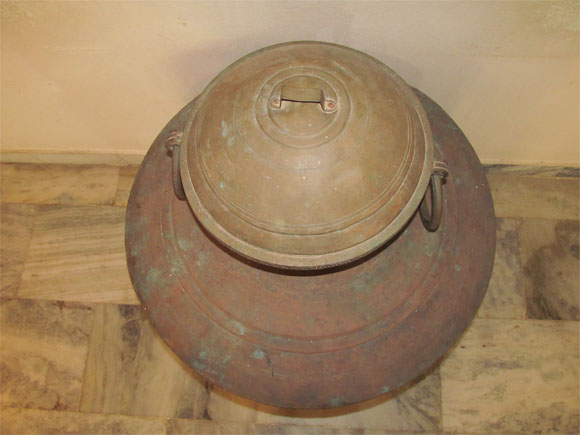
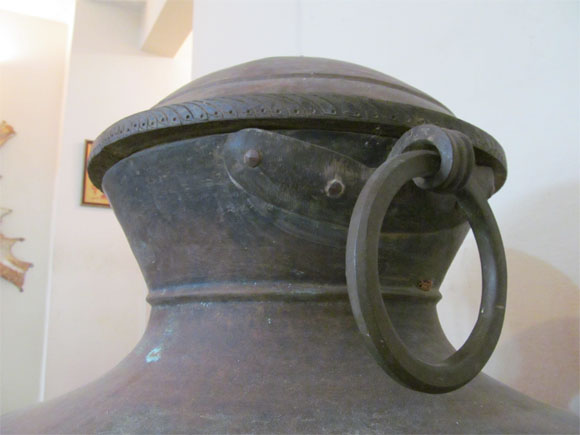
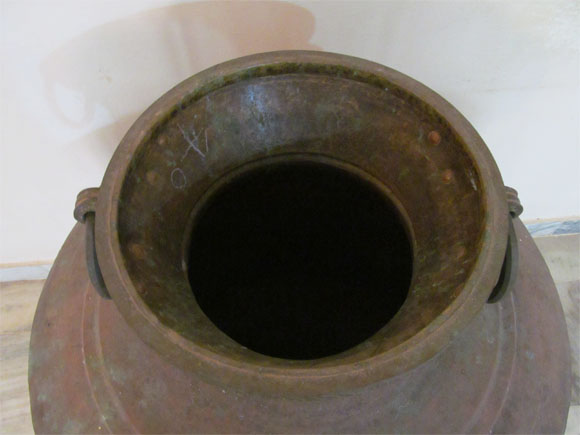
The Colour Of The Kidaram
The colour of the vessel looks brownish green because of formation of patina on the surface of the brass vessel due to age. According to my estimate it should be 150 years to 200 years old belonging to early 1860s. It is natural that a thin protective layer forms on the surface of aged brass or copper items and this layer is called ‘patina’ which will be brownish green initially and turns into beautiful green colour as per the age of the exposed metal.
The best example of patina is the famous Statue of Liberty, the colossal sculpture on Liberty Island in New York Harbor in New York City, in the United States which is made out of copper. Instead of the original copper colour of pinkish brown, it looks greenish due to formation of patina over the 130 years of exposure to nature. It was commissioned in the year 1886 and is nearly 130 years old.

What is patina?
According to Wikipedia, the free encyclopedia, Patina (/ˈpætɨnə/ or /pəˈtiːnə/) is a thin layer that variously forms on the surface of stone; on copper, bronze and similar metals (tarnish produced by oxidation or other chemical processes); on wooden furniture (sheen produced by age, wear, and polishing); or any such acquired change of a surface through age and exposure. Patinas can provide a protective covering to materials that would otherwise be damaged by corrosion or weathering. They may also be aesthetically appealing.”
Antique lovers, particularly from the west, love their antiques with the original patina formation. Patina gives a beautiful brownish green colour to the metallic objects and is aesthetically appealing. Some people prefer their antiques cleaned thoroughly of the patina to reveal the original color of the object when it was made. Archaeologists find out the age of the object by analyzing the patina.
How I Collected This Wonderful Brass Pot
During one of my trips in search of antiques, I happened to see this beauty in an antique shop in Karaikudi town in Chettinadu. It looked stunningly beautiful and my instinct prompted me to possess it. After the initial inquiries with the shop owner, I realized it is beyond my reach to buy the piece. I kept on dreaming about it. In one of my conversations, I mentioned to my friend Mr Jana Balasubramaniam, an investor by profession and Co-founder and Director in a company, whom we affectionately call Jana, about my visit to Karaikudi and my interest in antiques. He told me to inform him if I visit Karaikudi again and that he would make arrangements for my antique hunting. I did so when I planned to have a second visit.
Jana introduced me to Mr Muralidharan, a native of Karaikudi and a well-known professional. Here I must say that Mr Muralidharan is an excellent host and he personally accompanied me to the antique shops. I confessed to him my desire to own the huge brass water storage pot if I get it within my budget. It was a pleasant surprise to me that the shop owner greeted Mr Muralidharan with respect in the local Tamil language and enquired about the purpose of his visit to his shop. I later realized that being a local professional, most of the shop owners in the locality know him and he was well regarded. Mr Muralidharan managed to finalize the price within my budget including a stone pedestal to mount the huge pot (if the brass pot is not mounted on a stone or a wooden pedestal, there are chances of the base of the pot getting damaged), packing, forwarding and transporting the vessel by road to reach Hyderabad where I reside. The pot was delivered to me in an excellent condition and now it occupies a prominent place in my house with every visitor admiring its regal elegance.
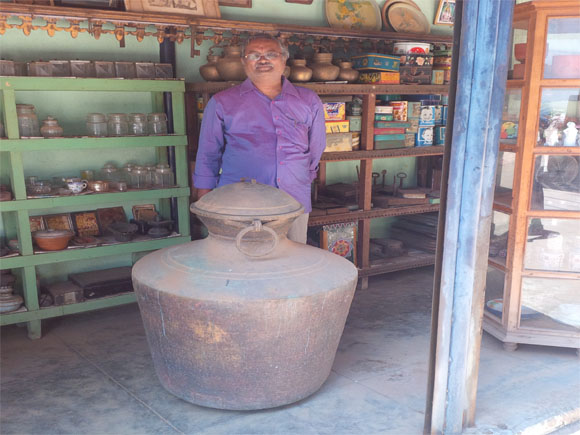
I am grateful to Jana for his wonderful gesture of introducing me to Mr Muralidharan and for making excellent arrangements for my visit to Karaikudi. I am indebted to Mr Muralidharan for taking care of me so well and making it possible for me to own this grand vessel.
The Unique Architecture Of Chettiar Houses
Here I must say something about Chettinadu and Chettiar’s houses. Chettinadu is a hot and semi-arid region. The Chettinadu houses were designed taking into consideration the climate of the region. The materials for construction were selected accordingly to insulate and ventilate the houses. The central point of the houses were the courtyards facing east/west and the houses are built around the courtyards that bring in light, sun, shade, air and rain to the house. Chetti is a short form of Chettiars, also known as Nagarathar, the trading and finance business community in Tamil Nadu. Chettinadu means the region where Chettiars live. They are also called as ‘Nattu Kotai Chettiars’ meaning the Chettiars who live in the houses resembling mini forts or local forts. This entrepreneurial community developed their own architecture and town planning and their houses are unique in their size and design. The houses are huge mansions normally extending from one road to next parallel road. The front entrance door will start in one road and the backend exit door will be in the next parallel road.
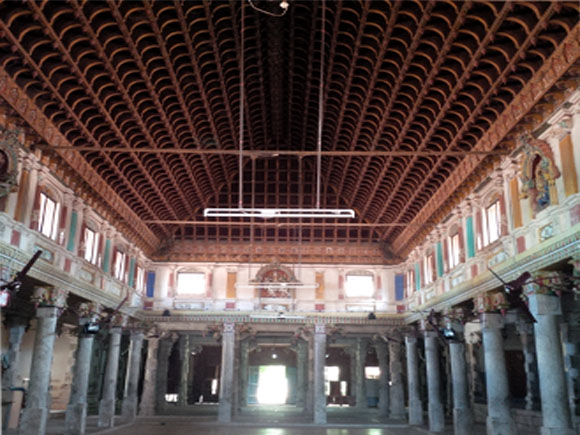
The general design is that there will be a central courtyard with a high decorated roof surrounded on four sides by corridors supported by huge wooden pillars. From the corridors will be the entrance to the array of rooms for the family. There will be two or three courtyards in a typical house. The striking part of the houses is the highly carved wooden doors and windows .The houses are generally finished with special plaster made out of lime and the white of the egg, stucco work, terracotta tiled roofs, marble floors and Athangudi tiles that come in a myriad of colors and patterns, and stain glassed windows. The entrances of the houses are adorned with the icons of Gajalakhmi, Parvathi Parameswar and Meenakshi Sundereswar. The belief is that Gajalaksmi brings in wealth and prosperity and Shiva Parvathi couple brings in happy family life to the residents.
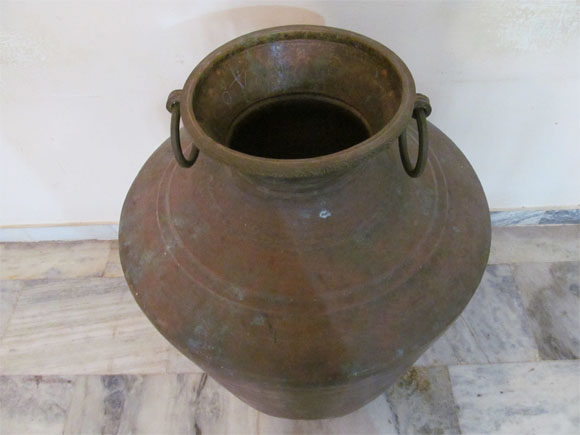

Copyright © 2021 YK Antiques Home Museum
One Response
Great story, Krishnamurthy garu. I am planning to Karaikudi myself in a couple of months. any tips would be greatly appreciated.